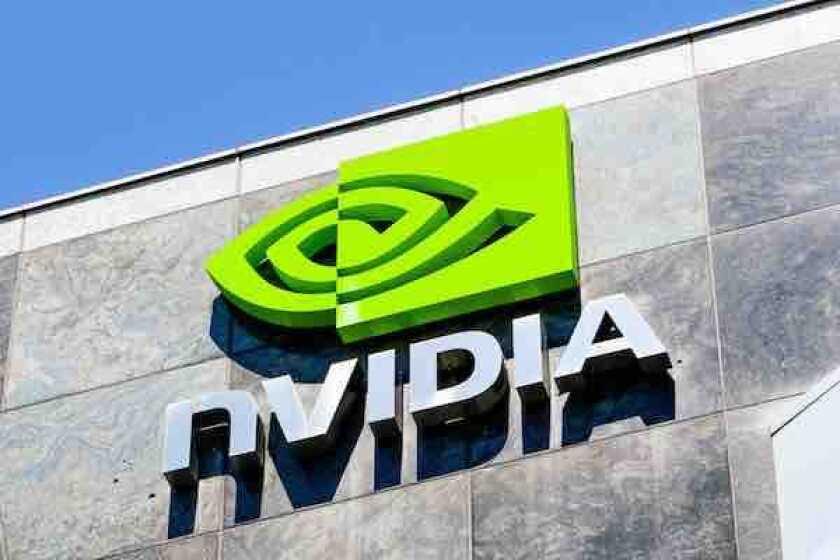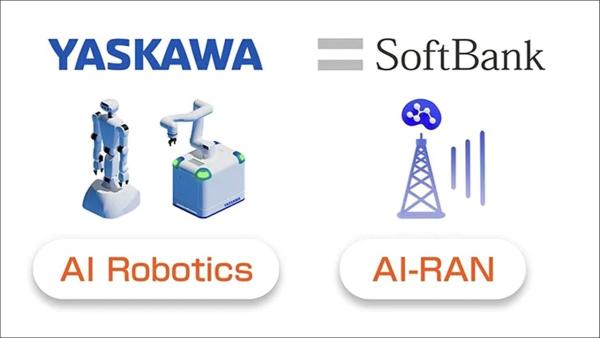
NVIDIA announced America’s first AI-native wireless stack for 6G, including new applications to advance next-generation wireless technology, in collaboration with industry-leading partners Booz Allen, Cisco, MITRE, ODC and T-Mobile.
As AI moves beyond smartphones to cameras, augmented-reality glasses, robots, autonomous vehicles and other devices, wireless networks face mounting demand to support billions of connections at unprecedented scale and efficiency.
To meet this challenge and support transformative technologies like integrated sensing and communications (ISAC) — a critical sensing capability for connecting physical and digital environments — wireless networks must become AI-native across hardware, software and architecture.
AI-native networks enable spectrum — radio frequencies used to transmit wireless signals — to be used as efficiently as possible. AI-RAN architecture is at the heart of next-generation wireless communications, combining connectivity, computing and sensing via a common platform with software-defined applications.
“6G is being built from the ground up with AI at its core — unlocking extreme spectral efficiency, massive connectivity and breakthrough applications,” said Ronnie Vasishta, senior vice president of telecom at NVIDIA. “Working with industry leaders, we’ve created an AI-native wireless stack with advanced features to ensure that America will play an instrumental role in the journey to 6G.”
First Made-in-America AI-Native Wireless Stack at NVIDIA
Just six months since starting the AI-WIN project, NVIDIA and its partners built a complete AI-native wireless stack, performed the first user-to-user phone call over the network and developed groundbreaking 6G applications at NVIDIA’s campus in Santa Clara, California.
The system combines the NVIDIA AI Aerial platform with 5G RAN software from ODC, user plane function and 5G core software from Cisco, and specialized 6G applications from MITRE and Booz Allen.
Cisco is accelerating secure network connectivity for the AI era through the AI-WIN initiative, helping build the foundation to enable physical AI and integrated sensing with exceptional efficiency and security.
“Through this partnership, we are pioneering the future of intelligent, secure connectivity — where AI is infused into the fabric of mobile networks and services,” said Masum Mir, senior vice president and general manager of Cisco Provider Mobility. “Together, we are harnessing AI to enable networks that sense, learn and act in real time, empowering service providers to deliver high-value business and consumer services in the AI era.”
Cerberus ODC’s commercial, fully software-defined 5G RAN, powered by NVIDIA AI Aerial, is setting new benchmarks by enabling simultaneous RAN and AI workloads for mission-critical enterprise applications, while outperforming legacy RAN systems with 7x greater cell capacity and 3.5x higher power efficiency.
Breakthrough Applications Drive 6G Standards
As part of the collaboration, NVIDIA and Booz Allen developed a first-of-its-kind multimodal ISAC application, fusing camera vision and radio-frequency sensing to enable precise detection and tracking of objects even in low-visibility conditions.
Camera vision can be used to spot a moving object but cannot track its path or detect it when there is an obstruction. Radio-frequency sensors, however, can reveal an object’s location, velocity and distance, and sense its presence without visible light.
Using camera vision and radio-frequency data, the new ISAC application delivers enhanced spatial awareness in real time, enabling powerful use cases in public safety, industrial monitoring and national security, where traditional single-modality sensing may fall short.
AI-powered spectrum agility, a new application built by MITRE, manages wireless spectrum allocation within a cell site in real time so users can experience seamless connectivity and operators can benefit from dramatic improvements in spectral efficiency.
Unlike traditional approaches that shut down entire network bands when interfering systems are detected, this application uses AI to target and block only the affected frequencies without interrupting consumer services. This delivers an orders-of-magnitude improvement in spectral efficiency and utilization compared with existing methods and addresses persistent challenges with spectrum management and operations.
At NVIDIA GTC, Washington D.C., Booz Allen showcased its AI-powered spectrum sensing R.AI.DIO application to detect and classify any type of interference, including malicious signal jammers and unauthorized network users, in real time. This enables operators to immediately respond to threats and automatically mitigate issues to protect network integrity.
NVIDIA AI Aerial software libraries make these early 6G applications possible, and new AI- and neural network-based model integrations boost performance and efficiency.
In addition, the new NVIDIA Aerial Framework provides modular, programmable pipelines to seamlessly integrate third-party applications into the AI-RAN stack. Application programming interfaces that are part of the framework enable these applications to access real-time physical-layer data — the base form of data in a radio signal processing pipeline — enhancing further training and reinforcement learning for AI models on the fly.
AI-native wireless networks provide the path to telecom’s major paradigm shift from 5G to 6G, enabling extremely efficient edge AI inference and sensing capabilities to serve hundreds of billions of network connections and raise revenue for operators.









